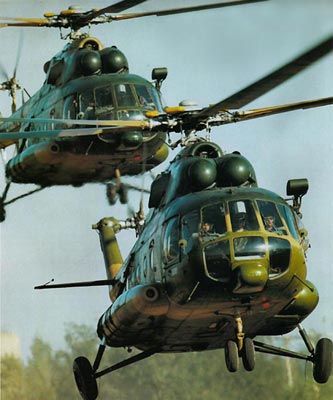
In a move that could be a precursor to the CRPF raising its own air wing, the para-military force is hiring two choppers for troop movement in Maoist-dominated areas in nine states. So far, the CRPF has been relying on either the Indian Air Force or the Border Security Force who have their own air wing for troop movement and lifting injured during operations.
The CRPF has sent a proposal to the Ministry of Home Affairs seeking their nod to hire two choppers for operational purposes. The para-military force has already raised its intelligence wing and has hired 2,000 people for the purpose of information gathering.
“We have already forwarded a proposal to Ministry of Home Affairs for hiring two helicopters which will be maintained and controlled by the CRPF. As of now mostly two types of helicopters are being used – MI17 and Dhurv.
We have experienced problems with MI17 since it cannot fly in the cloudy weather and it has delayed deployment in the past,” CRPF DG Pranav Sahay told reporters at the 73rd annual press conference.
Sahay was confident that the ministry will give a go ahead to their proposal.
As of now, CRPF has 75 battalions, including 9 special commondo force ‘CoBRA’, deployed in Maoist-affected areas. There had been difference of opinion between the Air Force and the CRPF over emergency sorties.
For instance, in a recent Jharkhand encounter, Air Force’s MI17 roped in for the evacuation of injured was delayed because of bad weather. Later, BSF’s Dhruv flew and airlifted injured personnel to a hospital in Ranchi.
The CRPF believes that helichopters will give advantage to the force in thick jungles of Chattisgarh and Jharkhand in launching counter attack against the Maoists. Also, they will be able to save lives of injured personnel.
The biggest para-military force is also strengthening its intelligence wing, formed four months ago, after Bijapur encounter controversy where they allegedly killed innocent tribal villagers.
The CRPF DG said so far they have recruited 2000 intelligence personnel at various ranks under its own unit.
“The separate unit was formed four months back. On an average each battalion now has 8 intelligence personnel attached to it. They primarily coordinate with state and central intelligence units. It also generates intelligence for proposed operation,” Sahay said.
No comments:
Post a Comment